Time to face the change: Gucci AW19 show report
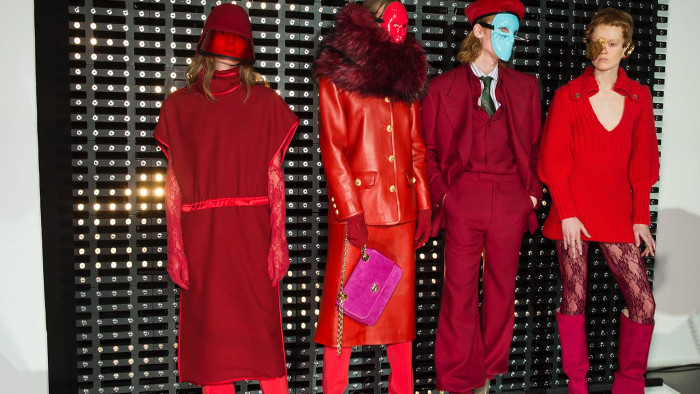
Roula Khalaf, Editor of the FT, selects her favourite stories in this weekly newsletter.
Kering-owned Gucci reported revenues of more than €8bn last week, a rise of 33.4 per cent year-on-year and a 36.9 per cent increase on a comparable basis. It was declared by the group “an excellent performance”.
But the star of the Kering-group stable is not invincible. Gucci is currently dealing with the fallout regarding the sale of a high-neck black sweater on which a cut out pair of red lips are designed to be pulled up and worn over the mouth. The “blackface sweater” has outraged civil-rights campaigners and become a social media cause célèbre. Many have declared a boycott: the rapper 50 Cent, who has 22m followers on Instagram, has burnt his Gucci clothing and is now shaming other artists associated with the brand.
Gucci’s response has been swift. It has removed the item from sale and promised to turn “this incident into a powerful learning moment for the team”. But the event has once again exposed the systemic failure of the fashion industry to see issues of cultural sensitivity. In December Prada was forced to remove a $550 blackface keychain when a woman took offence at finding it in a Manhattan store. Dolce & Gabbana is still dealing with the fallout regarding its ill-fated outing in Shanghai, which involved a racially insensitive campaign, the publication of some inflammatory messages and a show cancellation. Burberry has just apologised for the use of a rope accessory, tied like a noose and worn around the neck as part of the AW19 show on Sunday, following reports that a model felt “triggered” on seeing it backstage.
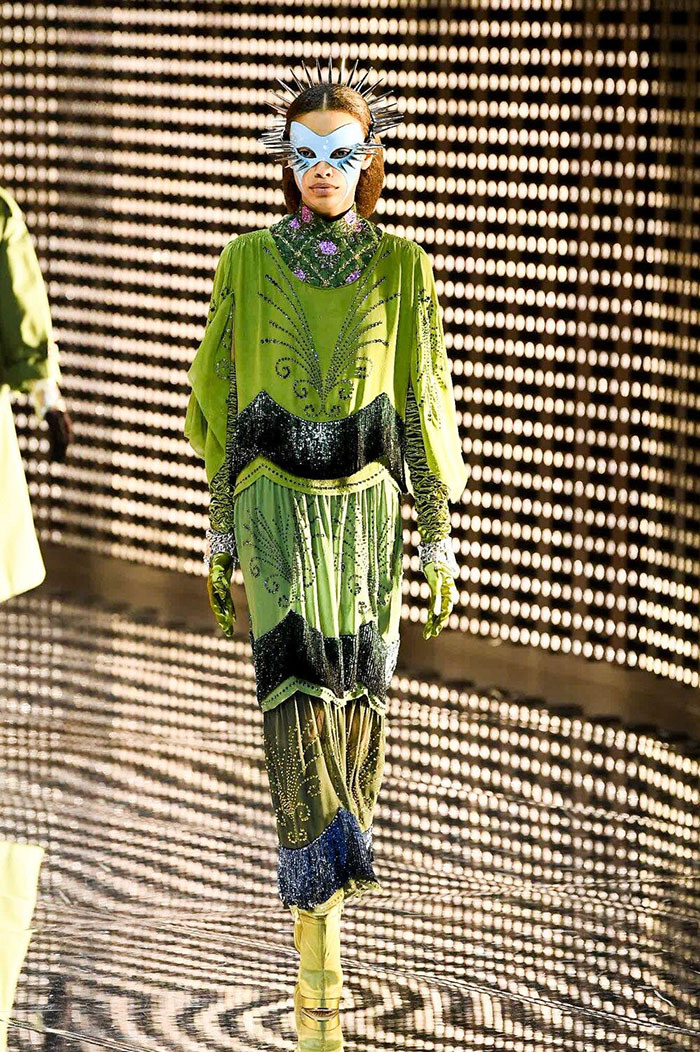
Social-media visibility and growing consumer vigilance can now transform isolated cases into global crises — and, regardless of the intention, brands cannot afford to be complacent. Race continues to be an especially sensitive subject. Some brands have tried to initiate new measures — Prada launched a diversity initiative last week designed to “elevate voices of colour within the company, and in the fashion industry at large”. And recent seasons have seen more non-white faces being appointed as designers to major houses, as well as appearing on the catwalk. But these incidents still underline the scarcity of representation, especially in fashion’s executive management. Meanwhile, mistakes are still being made.
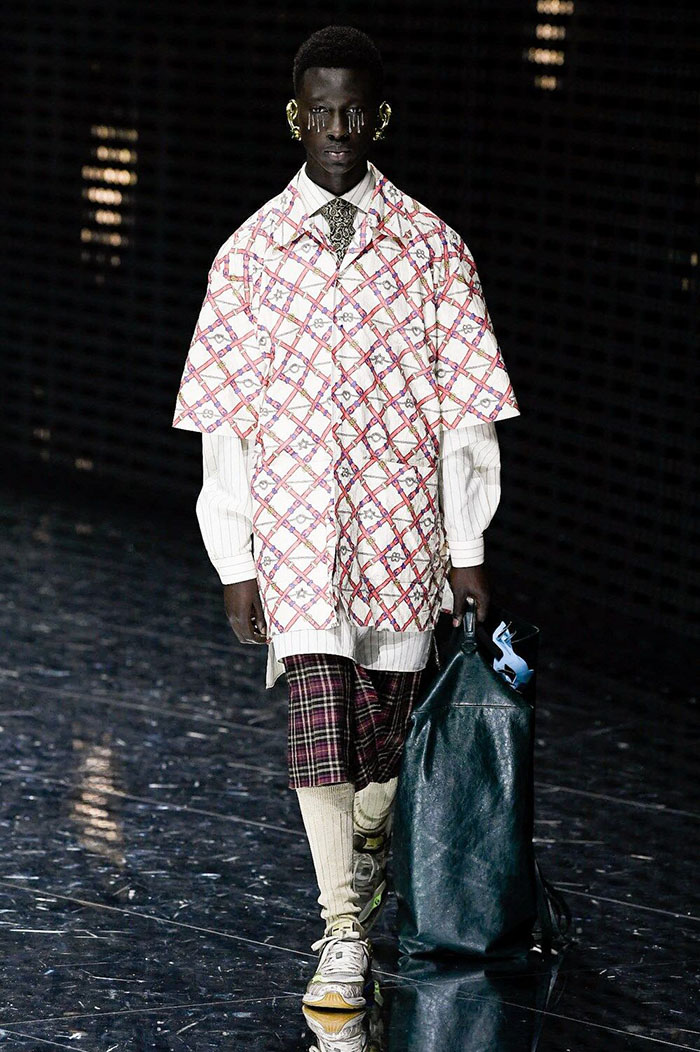
Some designers are criticised for having a too homogenous point of view — others for being too sweeping. Gucci’s Alessandro Michele has always used a polyglot of references, which are pan global, particular and frequently provocative. Past collections have showcased Sikh turbans, veiled faces, third eyes, nuns’ habits, porno pants and papal robes. All might be described as offensive. But it’s clear in conversation that Michele, who describes himself as “pagan”, is no bigot. He’s a fan of all mankind, embracing, drawing on and representing many cultures — and often, and sometimes contentiously, leaving things open to interpretation.
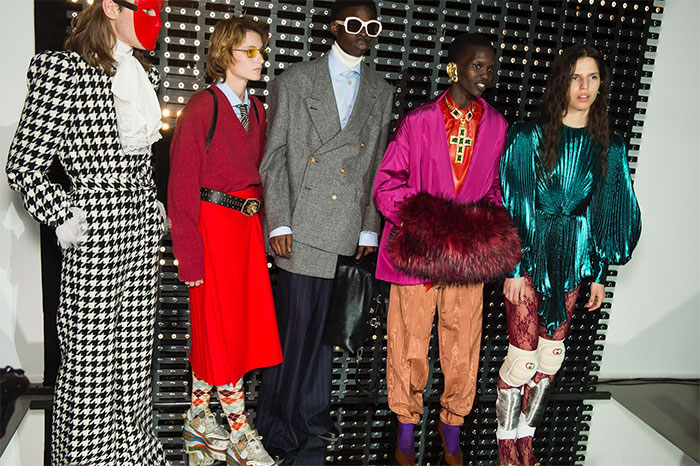
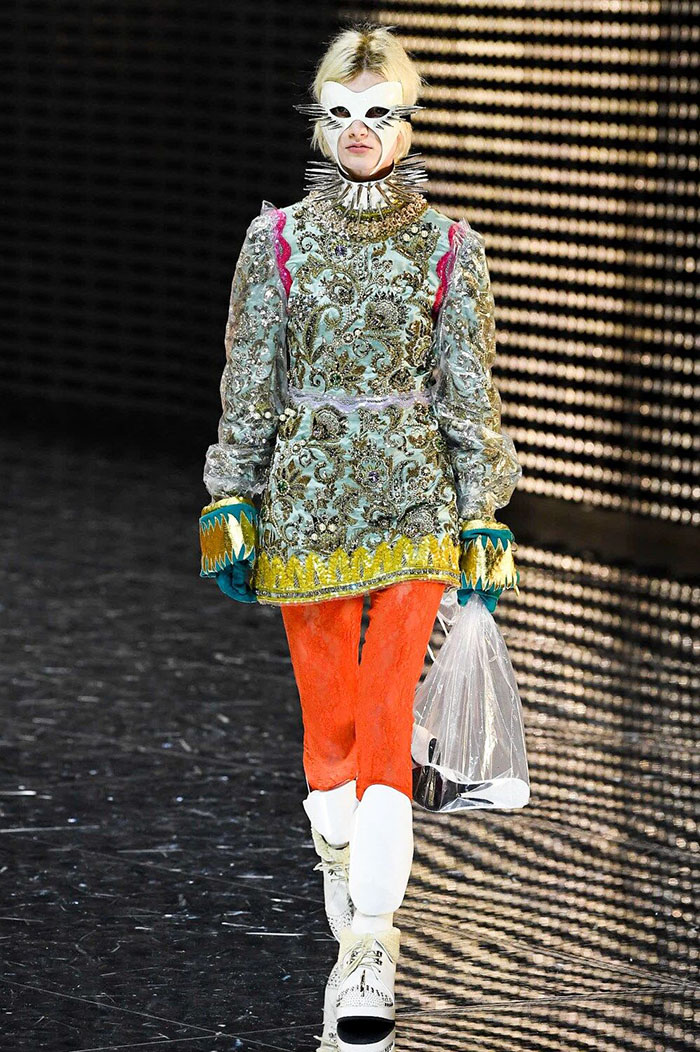
Michele’s AW19 collection was in part an explanation — or at least an exploration of the authentic “person” and the different masks we wear. “I used the metaphor of mask to explore garments and what they say about us in real life,” he said of his collection, which used elements of costume with quotidian clothes.
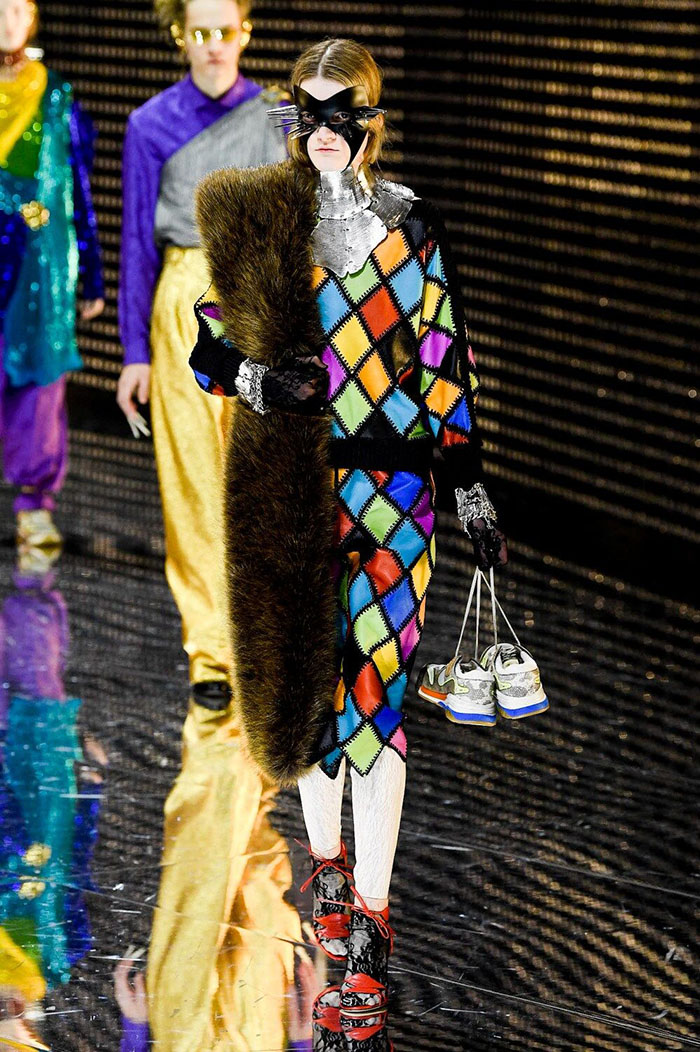
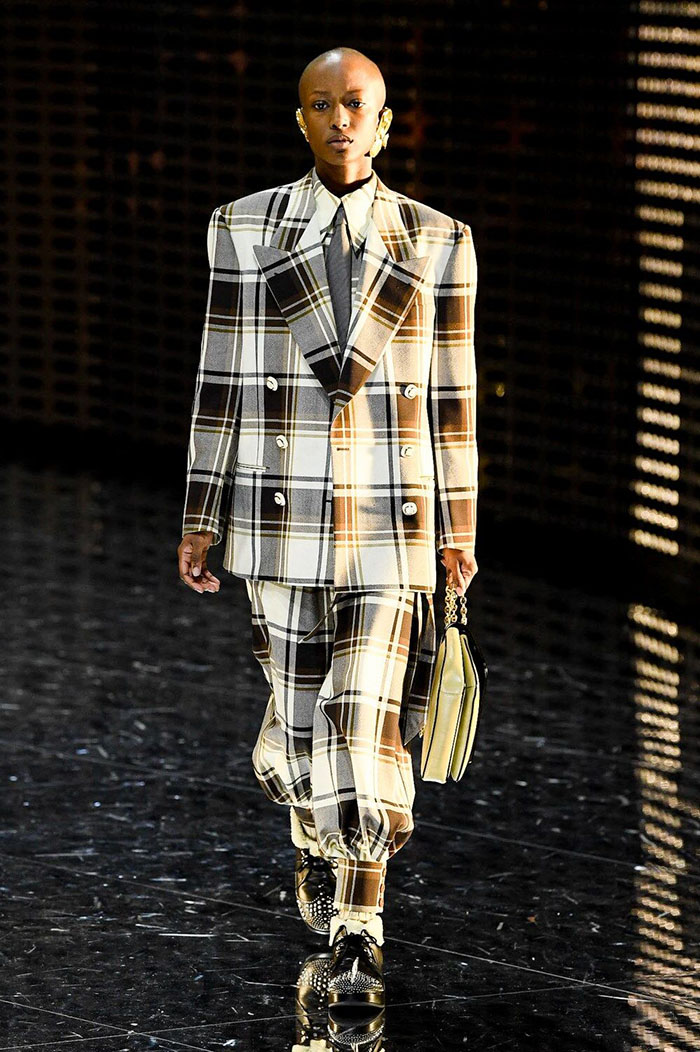
His catwalk featured heavy crucifixes, three-piece suits and pointed studded collars — a sign of defence and an emblem of servility. “I try to stick to the rules, and to comply with the rules,” he said of the collection’s contradictions and his personal tastes. “But I have a wild side. And I can be very aggressive when I want to express myself.”
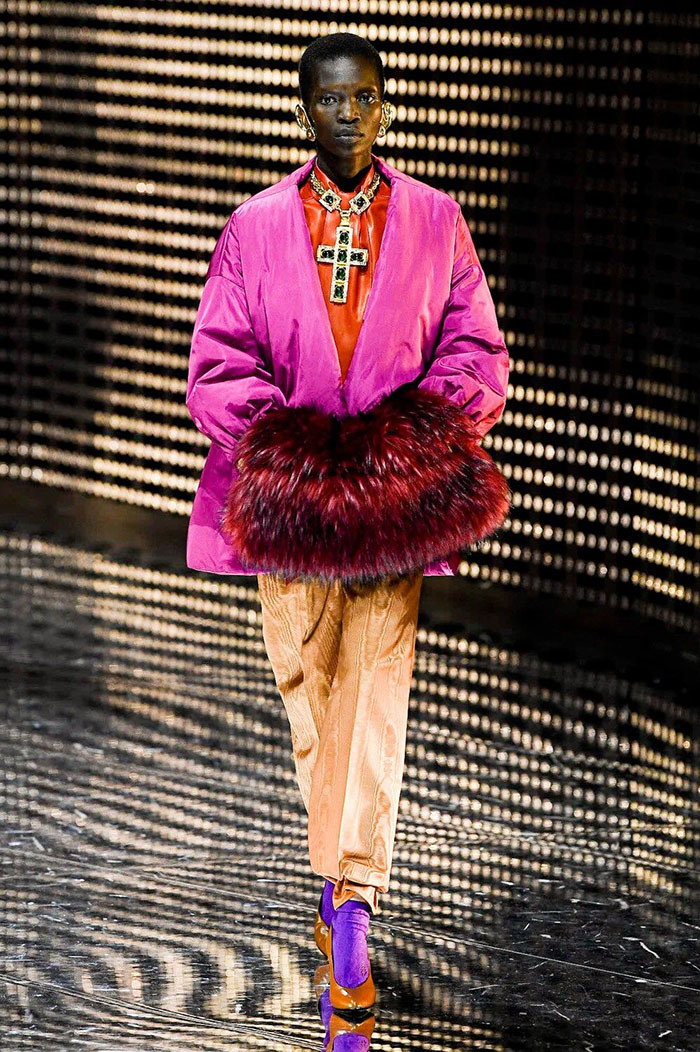
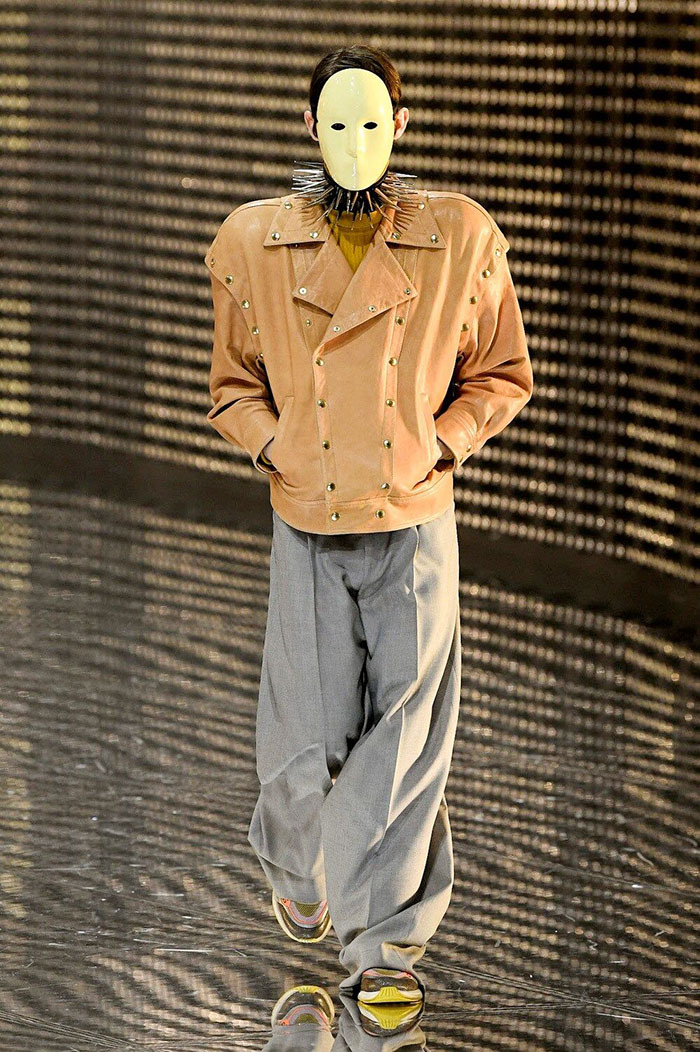
Nevertheless, he is sorry about the sweater. “Fashion is politics. I try not to get involved.” The recent scandal, however, has helped “the company open their eyes, and let [alternative opinion] in. We’ll do things in a different way from now on. And this change is here to stay.”
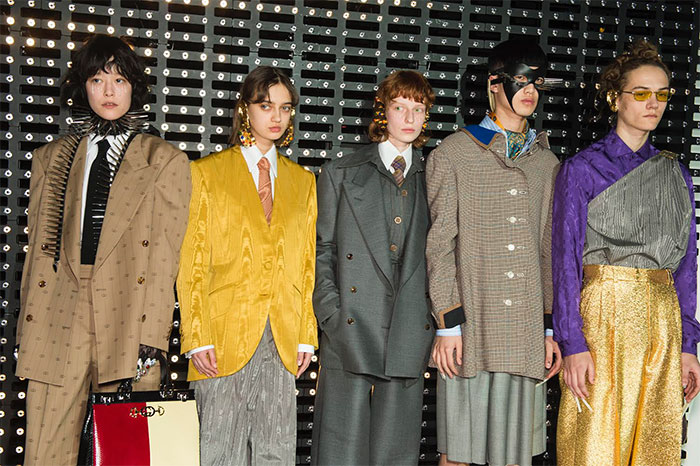
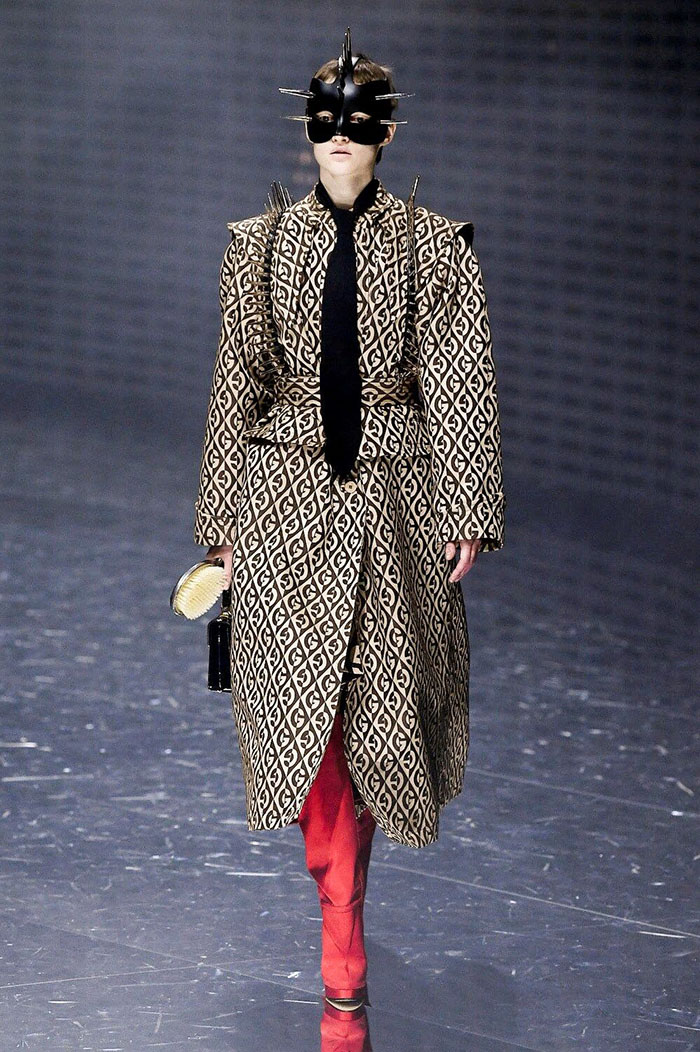
As with any Gucci show, this was one with many faces. Several of the looks — with their balloon-shaped trouser legs and shirt bibs in ruffled lace recalled the clothing of a clown. The models wore latex tears — like a Pierrot’s. The women carried sneakers, a self-conscious informality. The suiting, pointedly formal and worn with waistcoats and super-wide ties, seemed to suggest that the office look is no less of a guise.
Michele makes no apology for his vision. Nor for his wilder side. But as he made clear after: the masks and bondage collars will not be going on sale.
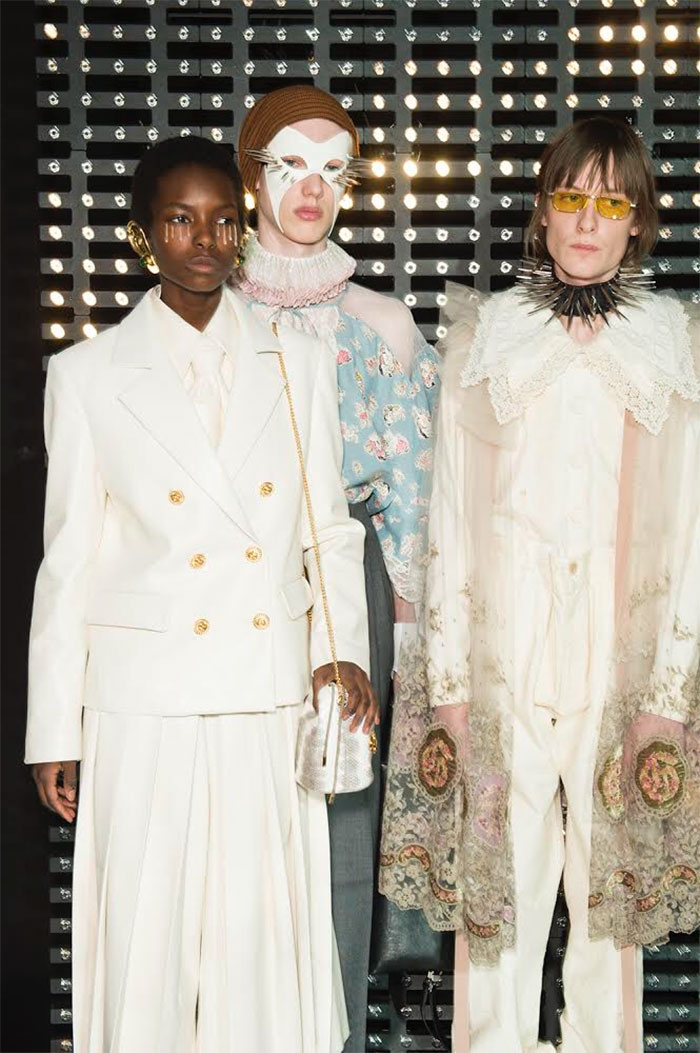
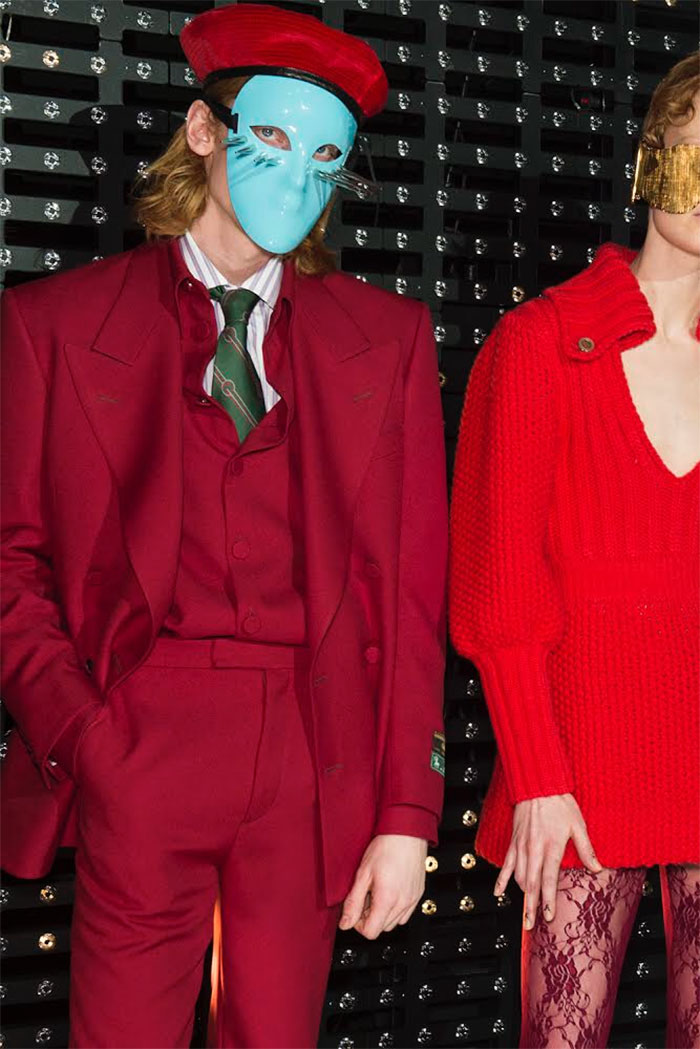
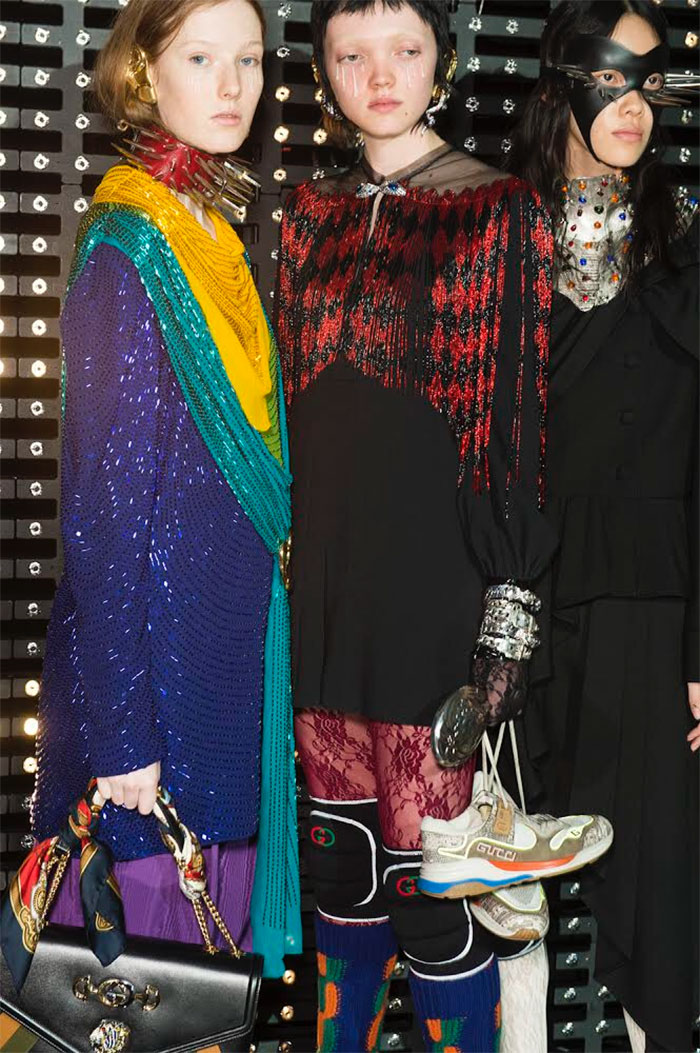
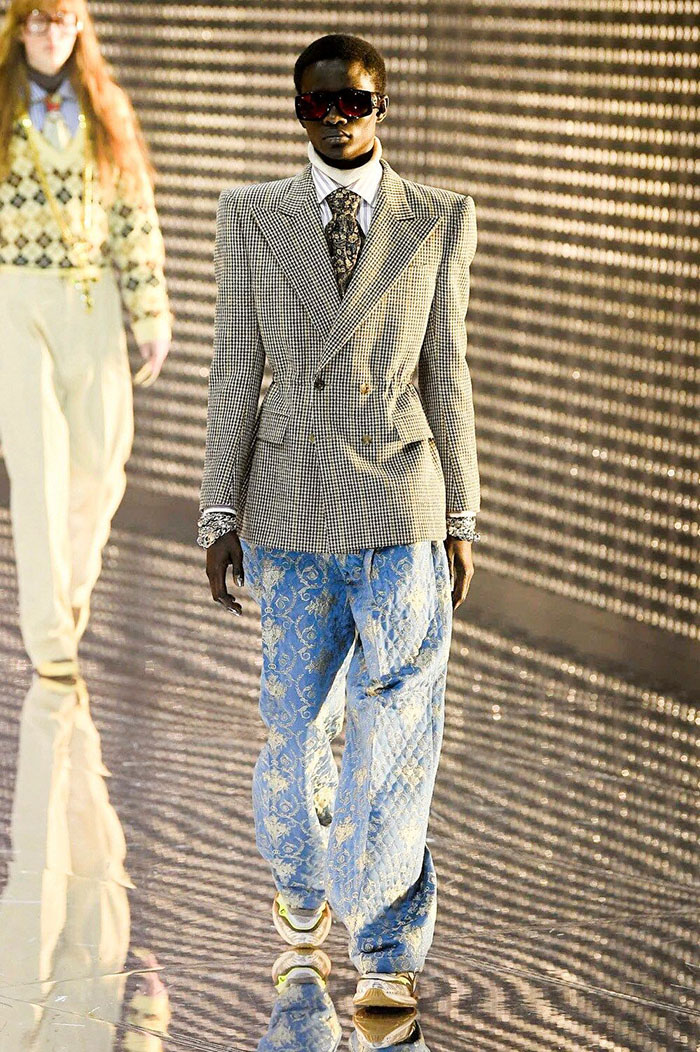
Jo Ellison will be hosting our Business of Luxury Summit in Madrid on May 19-21. Visit here for more information
Follow @FTStyle on Twitter and @financialtimesfashion on Instagram to find out about our latest stories first. Subscribe to FT Life on YouTube for the latest FT Weekend videos
Comments